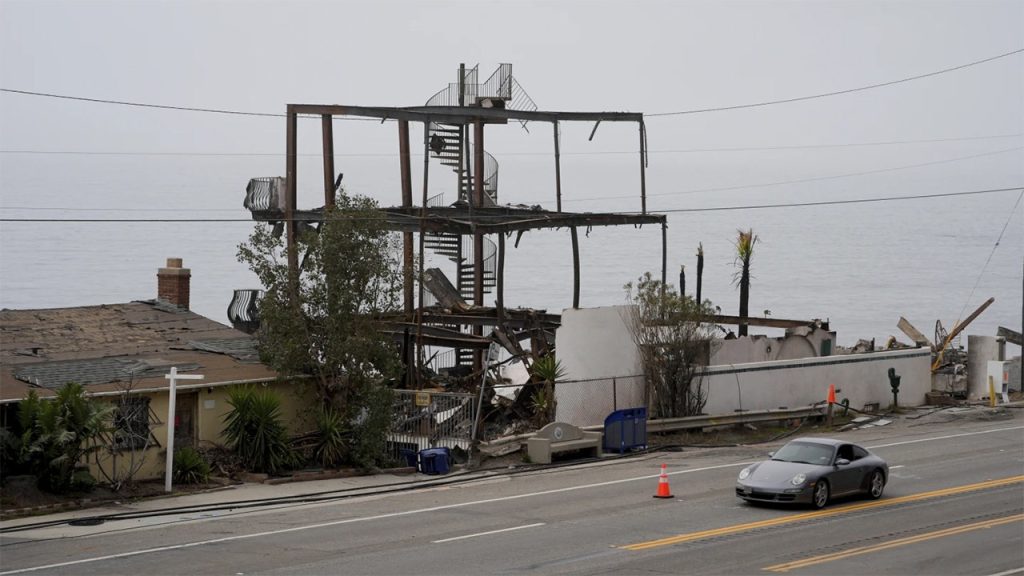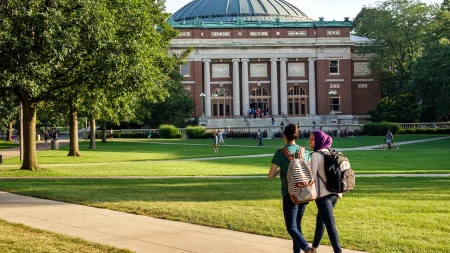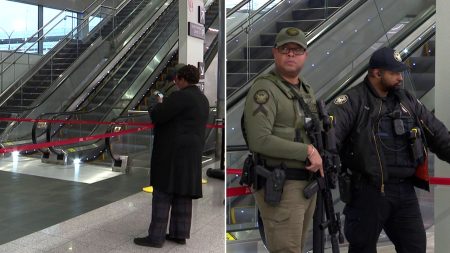The Pacific Coast Highway (PCH), a vital artery along the scenic California coastline, has finally reopened to traffic nearly a month after the devastating Palisades Fire tore through Los Angeles neighborhoods. The fire, ignited by strong winds on January 7th, left a trail of destruction in its wake, consuming homes, businesses, and claiming the lives of at least 12 people. While the reopening signals a return to some semblance of normalcy, the PCH is not the same as before. Authorities have implemented restrictions, including single-lane traffic in each direction and reduced speed limits from Santa Monica to the Ventura County Line, urging the public to limit travel to essential purposes only. The landscape surrounding the highway remains scarred, with cleanup and utility repairs ongoing. Access to the Palisades burn zone is controlled, requiring entry passes or proof of residency to deter looting and ensure public safety.
The reopening of the PCH occurred in stages. A northern section in Malibu became partially accessible on Sunday, while the remaining portion in the Pacific Palisades area faced a slight delay due to last-minute decisions by Los Angeles city officials. Concerns regarding public safety and the potential for looting prompted authorities to maintain checkpoints in the area. The responsibility for managing access to the Palisades has now transitioned from the Los Angeles Police Department (LAPD) to the California Highway Patrol and the National Guard, a move intended to free up LAPD resources and allow them to address other critical needs throughout the city.
The Palisades Fire, coupled with another wind-driven blaze that erupted in Altadena on the same day, created a dual crisis for Los Angeles. The Altadena fire, equally destructive, resulted in at least 17 fatalities and left over 10,000 homes and buildings damaged or destroyed. The combined impact of these two fires stretched resources thin and underscored the vulnerability of communities nestled amidst dry, windswept terrain. While both fires were declared fully contained last week, the recovery process is far from over. The reopening of the PCH marks a significant step forward, but the emotional and physical scars left by the fires will undoubtedly linger for years to come.
Los Angeles County Supervisor Lindsey Horvath emphasized the ongoing nature of the recovery effort, cautioning that the PCH experience is altered. The familiar landscape has been transformed, and the presence of cleanup crews and utility workers serves as a constant reminder of the devastation. As the region braces for potential rainfall, authorities are on high alert for additional hazards, including mudslides and debris flows that could further complicate the situation. The reopening of the PCH, while welcomed, is tempered by the understanding that the road to full recovery is long and arduous.
The decision to maintain checkpoints in the Palisades burn zone highlights the delicate balance between restoring access and ensuring public safety. The presence of law enforcement and the National Guard serves to deter looting and protect vulnerable properties. The shift in responsibility from the LAPD to the California Highway Patrol and National Guard is a strategic move designed to optimize resource allocation and address the city’s wider policing needs. Mayor Karen Bass emphasized the dynamic nature of the situation, noting that authorities are continually adapting their approach to ensure the safety and security of affected communities.
The fires that ravaged Los Angeles neighborhoods serve as a stark reminder of the devastating power of nature and the importance of preparedness. The destruction of homes, businesses, and the tragic loss of life underscore the need for effective fire prevention measures and rapid response capabilities. The reopening of the PCH, while a positive development, represents just one step in the long and complex process of rebuilding and healing. As the community navigates the aftermath of these devastating fires, the focus remains on providing support to those affected and implementing measures to mitigate the risks of future disasters.








